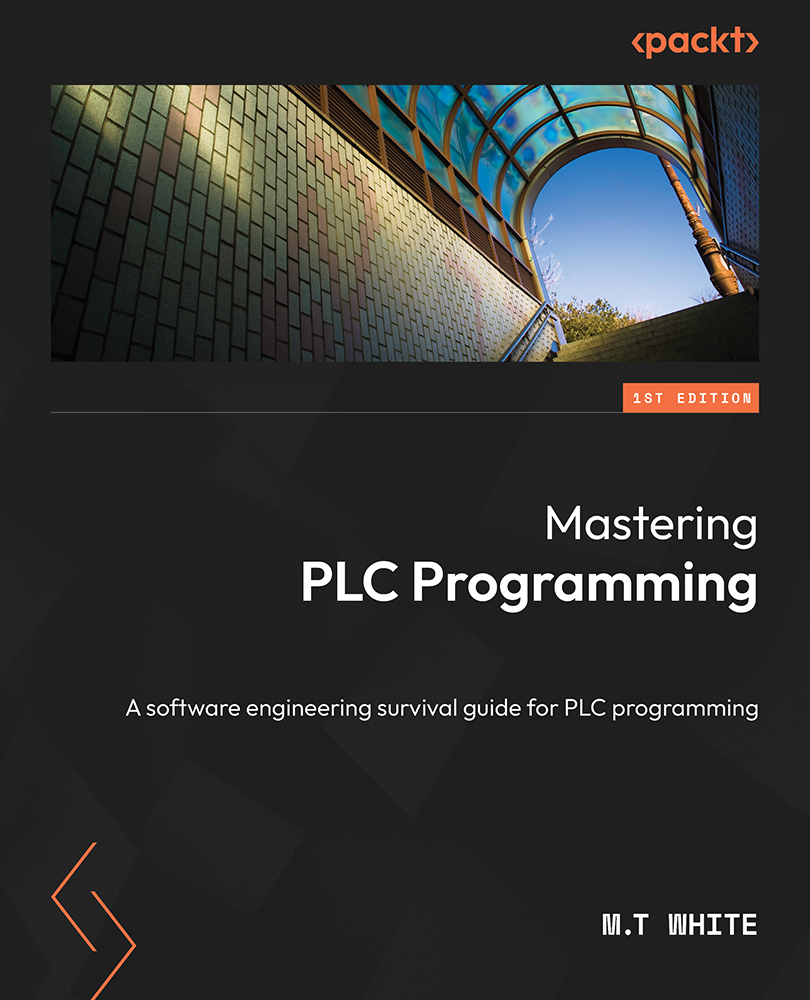Benefits of SOLID programming
As every automation engineer knows, automation systems can stay in production for decades on end. Also as every automation engineer also knows, during that time, the process will change, which will require new software, hardware will become obsolete and have to be replaced with new components, and so on, which, as you can guess, will require software modifications. As someone who has spent countless hours sifting through thousands of lines of code on customers' sites for hours on end for multiple different employers, I can say that when it comes to architecture, it is worth it to put in the extra effort. Even when you’re working on well-organized and architected codebases, you will find that tracking down a single error can be quite daunting. The task can become Herculean when the codebase is poorly designed.
With this in mind, it is best to think of SOLID as a series of general rules as opposed to hard standards that will produce code that...


























































